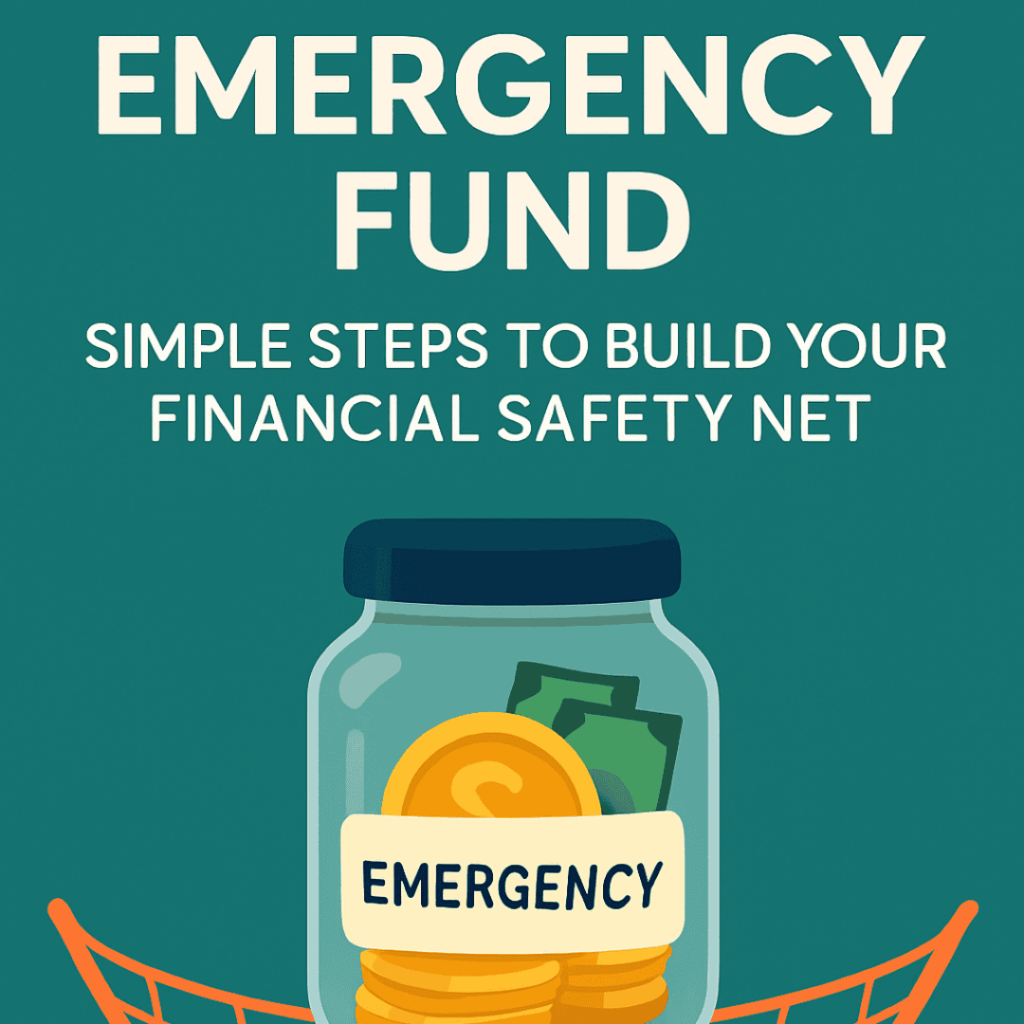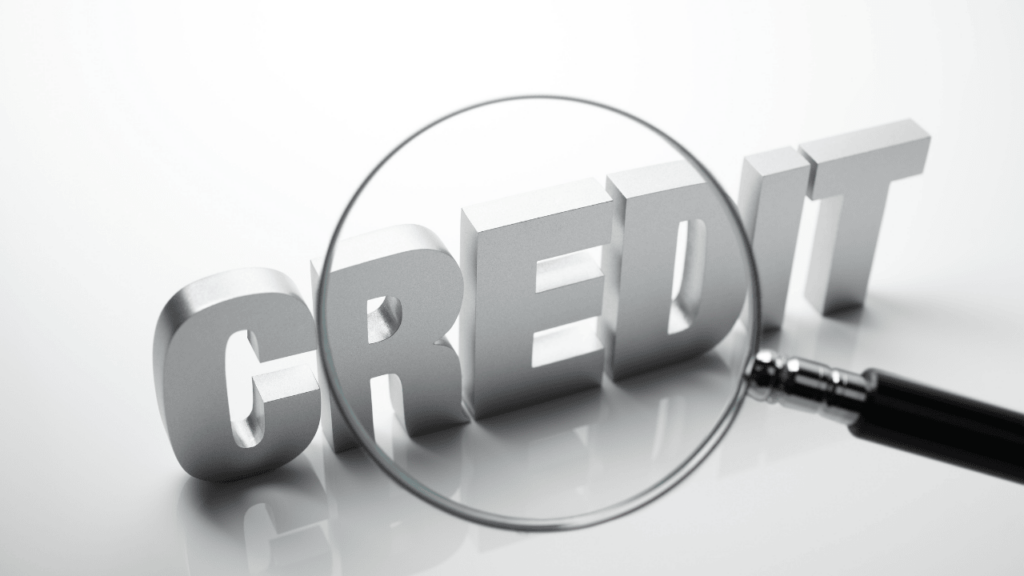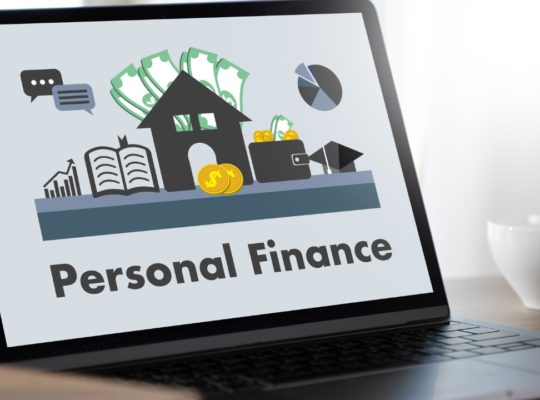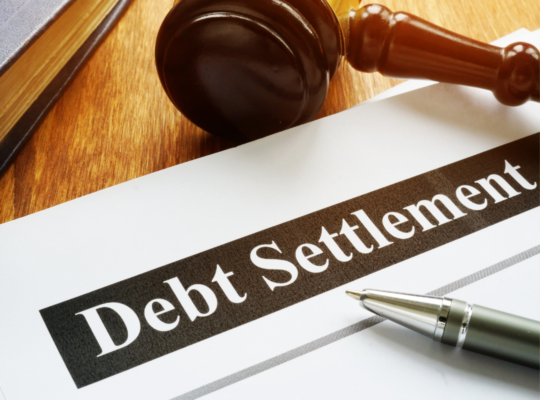
Imagine a tightrope walker performing high above the ground under a large circus tent. The safety net below is not just a backup, it’s a vital part of the act that gives both the performer and the audience peace of mind. In our everyday lives, an emergency savings fund plays a similar role. It is our financial safety net that helps us deal with unexpected challenges without losing our balance. In this blogpost, we will explore what an emergency fund is, why it is so important, and the practical ways to start building one.
Table of Contents
What is an Emergency Fund?
An emergency fund is a separate stash of money set aside to cover unexpected expenses. These expenses might include a sudden car repair, an unexpected medical bill, or even a period of unemployment. Just as a safety net is essential for a performer to feel secure while performing, having some money saved away provides you with security during life’s unpredictable moments.
Why is it important to have one?
Life is full of surprises. Not all of these surprises are good, and many can be stressful if you are not prepared. An emergency fund helps you handle these challenges in several ways:
1. Reducing financial stress
When unexpected costs arise, the shock can be overwhelming. Instead of scrambling to find money or relying on loans and credit cards, having an emergency fund means you already have a cushion to fall back on. This safety net protects your savings from being eroded by high-interest debt and helps maintain your mental peace. Knowing that you can manage emergencies without making drastic financial decisions lets you focus on solving the problem rather than worrying about your finances.
2. Seizing new opportunities
An emergency fund is not just for dealing with bad situations; it can also empower you to grab opportunities that come your way. For example, you might suddenly find the chance to invest in a business idea, pursue further education, or move for a better job opportunity. When you have a solid financial reserve, you can take these risks without fear of destabilizing your financial life. In this way, an emergency fund acts as both a shield and a springboard.
3. Saving money on Insurance costs
Insurance policies often allow you to lower your monthly premiums if you are willing to pay a higher excess when making a claim. With an emergency fund in place, you can afford to choose a higher excess, which in turn reduces your regular expenses. The money you save can then be added back to your emergency savings, creating a positive cycle that strengthens your financial foundation.
4. Reducing dependence on Credit

Relying on credit cards or loans to cover unexpected costs can lead to high-interest charges and a cycle of debt that is hard to break. An emergency fund allows you to pay for unforeseen expenses without borrowing money. This helps you avoid the long-term financial burden that comes with high-interest debt and also protects your credit score. In a world where credit can be a double-edged sword, having a savings cushion is a smart way to keep your finances healthy.
How to Start Building Your Emergency Fund
Many people hesitate to start saving because they believe they do not have enough money to set aside each month. However, even small amounts can add up over time. The key is to be consistent and to create a plan that fits your personal situation. Here are some practical steps to begin building your emergency fund.
Step 1: Create a Budget
The first and most important step is to develop a clear budget. A budget is simply a plan that shows how much money you earn and how much you spend each month. By writing down your income and listing all your expenses, you can see where your money goes and find areas where you can cut back. Even if you think budgeting is tedious or unnecessary, it is an invaluable tool for managing your money.
When you create a budget, start by listing your fixed expenses such as rent, utilities, and loan payments. Then, include your variable expenses like groceries, entertainment, and other daily costs. This process not only shows you where you might save money, but it also gives you a realistic picture of your financial situation. With a budget in hand, you can set aside a specific amount each month for your emergency fund without affecting your essential spending.
Step 2: Cut down on non-essential Spending
Once you have a budget, look for ways to reduce expenses that are not necessary. This doesn’t mean you have to give up everything that brings you joy, but it is worth rethinking your spending habits. For example, review your subscriptions to streaming services, mobile phone plans, or gym memberships. Consider whether you are using all these services to their fullest potential, and if not, it might be time to trim them.
Think about your day-to-day expenses too. If you frequently order food online, the extra cost in delivery fees and commissions can add up quickly. Instead, try to cook at home or prepare meals in advance. Small adjustments like this can free up money that you can redirect into your emergency fund.
Step 3: Automate your Savings
One of the best ways to build an emergency fund is to make saving automatic. Set up an automatic transfer from your primary bank account to a dedicated savings account on the day you receive your salary. Treat this transfer as a non-negotiable expense, just like your rent or utility bills. By doing this, you are effectively paying yourself first and ensuring that your savings grow without having to think about it.

For instance, if you earn a certain amount every month, even transferring a small portion automatically can lead to significant savings over time. The process becomes almost invisible to your daily spending routine, yet you benefit from watching your savings steadily increase.
Step 4: Set realistic Savings goals
It is important to have a clear target in mind when building your emergency fund. Financial experts often recommend having at least three to six months’ worth of living expenses saved. While this might seem like a large sum, remember that the goal is to create a cushion that will support you in times of crisis. Start with smaller milestones, perhaps setting a goal of saving an amount equivalent to one month’s expenses. As you meet these goals, you will build confidence and momentum, making it easier to reach the larger target.
Step 5: Find extra Income sources
If your budget is very tight and saving seems impossible, consider finding ways to increase your income. This could involve taking on freelance work, a part-time job, or even selling items you no longer need. Extra income can provide the boost you need to kickstart your emergency fund. Even if the additional money is modest, it can make a big difference when combined with your regular savings efforts.
Step 6: Monitor and adjust regularly
Building an emergency fund is not a one-time task, it is a continuous process that requires regular review and adjustment. As your financial situation changes, so should your savings plan. Perhaps your income increases, or maybe your expenses shift. Periodically revisit your budget and savings goals to ensure that your plan remains realistic and effective. Tracking your progress can also serve as a motivating factor, encouraging you to stay committed to your financial safety net.
A Real-Life Example
Imagine a scenario where you suddenly need to replace your car’s brakes after an unexpected breakdown. Without an emergency fund, you might have to borrow money or use a credit card, which could lead to high-interest payments and a strain on your monthly budget. However, if you have already set aside money specifically for emergencies, you can cover the cost without disturbing your regular finances. This ability to handle surprises with ease illustrates the practical value of an emergency fund in everyday life.
Conclusion
Life is unpredictable, and while you cannot prevent all the surprises that come your way, you can be prepared for them. Establishing an emergency fund is about taking control of your finances and creating a buffer that protects you from unforeseen hardships.
Starting an emergency fund may seem challenging at first, especially if you feel that your income barely covers your expenses. However, by creating a realistic budget, trimming unnecessary costs, automating your savings, and setting clear goals, you can gradually build a safety net that will support you through life’s ups and downs. Remember, every little bit you save adds up over time, and the security and flexibility it brings are well worth the effort.
Take the first step today. Begin by reviewing your spending, adjusting your budget, and setting up a small automatic transfer to your emergency savings account. With persistence and consistency, you will see your emergency fund grow, giving you the freedom to face unexpected challenges with confidence and ease. Enjoy the sense of security that comes with knowing you are well-prepared for whatever life may bring and take pride in the strong financial habits you are developing along the way.
Check out my other article on the importance of Emergency Fund and how to build it from scratch.
Do Follow me on Linkedin and Quora for more such insightful posts on personal finance, money management, investments, retirement, etc.





